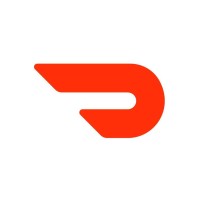
DoorDash
At DoorDash, our mission to empower local economies shapes how our team members move quickly and always learn and reiterate to support merchants, Dashers and the communities we serve. We are a technology and logistics company that started with door-to-door delivery, and we are looking for team members who can help us go from a company that is known for delivering food to a company that people turn to for any and all goods. DoorDash is growing rapidly and changing constantly, which gives our team members the opportunity to share their unique perspectives, solve new challenges, and own their careers. Our leaders seek the truth and welcome big, hairy, audacious questions. We are grounded in our company values, and we make intentional decisions that are both logical and display empathy for our range of users—from Dashers to Merchants to Customers.






